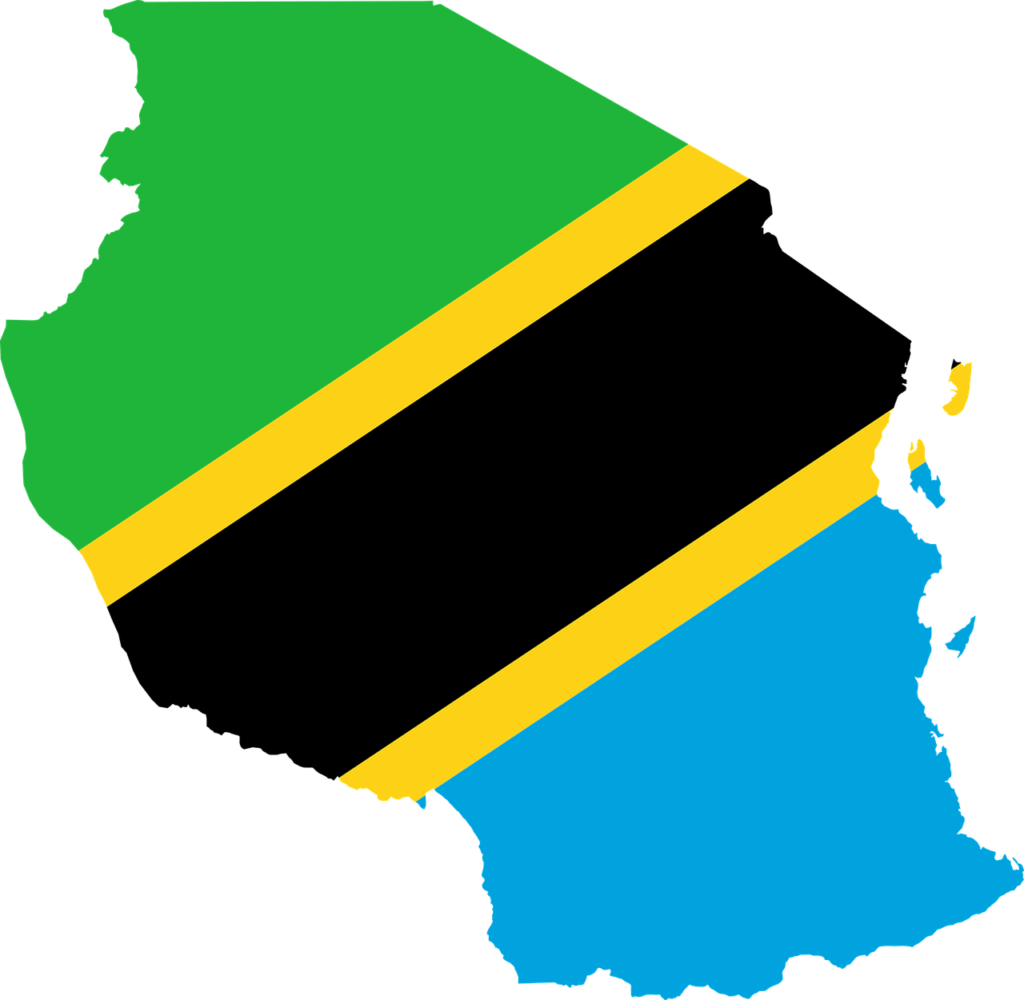Arusha National Park
Though very accessible, Arusha NP isn’t on many safari itineraries. This is mainly because it doesn’t offer a chance of seeing the Big Five. The park is at the base of Mount Meru, which is good for climbing. It has a range of habitats including forest – home to the black-and-white colobus monkey – and the park is excellent for birding.
Wildlife
Wildlife viewing in Arusha NP is more low-key than in the other parks in northern Tanzania. Animals that are easily seen include buffalo, giraffe and several antelope species. More exciting is the black-and-white colobus monkey that lives in the forest, and the large number of bird species. Several lakes often host flocks of flamingo.
Scenery
The park’s appeal is mainly its scenery. The habitat diversity spans from montane (mountain) rainforest to moist savannah to alpine moorland. The most prominent landmark is Mount Meru. Other highlights are a massive extinct volcano and several scenic lakes, with Mount Kilimanjaro in the background on a clear day.
Weather & Climate
Arusha’s mild climate sees average daytime temperatures ranging from 21°C/70°F to 26°C/79°F. The Dry season (June to October) is the coolest time of year, getting downright chilly before sunrise. Rug up if you’re doing an early game drive. The Wet season (November to May) has two periods of rainfall with a dry spell in between. But it’s only during the so-called ‘long rains’ (March to May) that downpours might hamper your safari.
Best Time to Visit
You can practically freeze at night in Arusha during the drier months (June to October) when the occasional cold front sweeps through. But that’s the only real challenge of visiting at this time. The wildlife watching is at its best, and the sunshine at its brightest. The wetter months mainly appeal to those keen to see the arrival of migratory birds.


